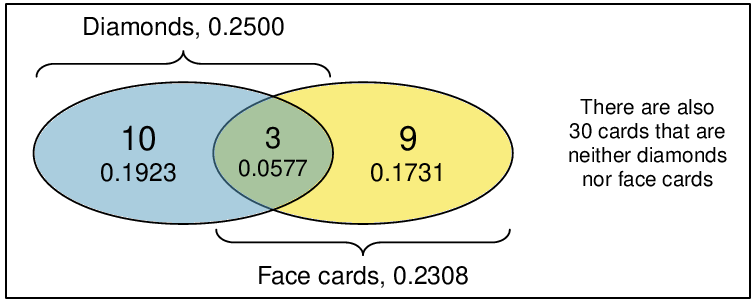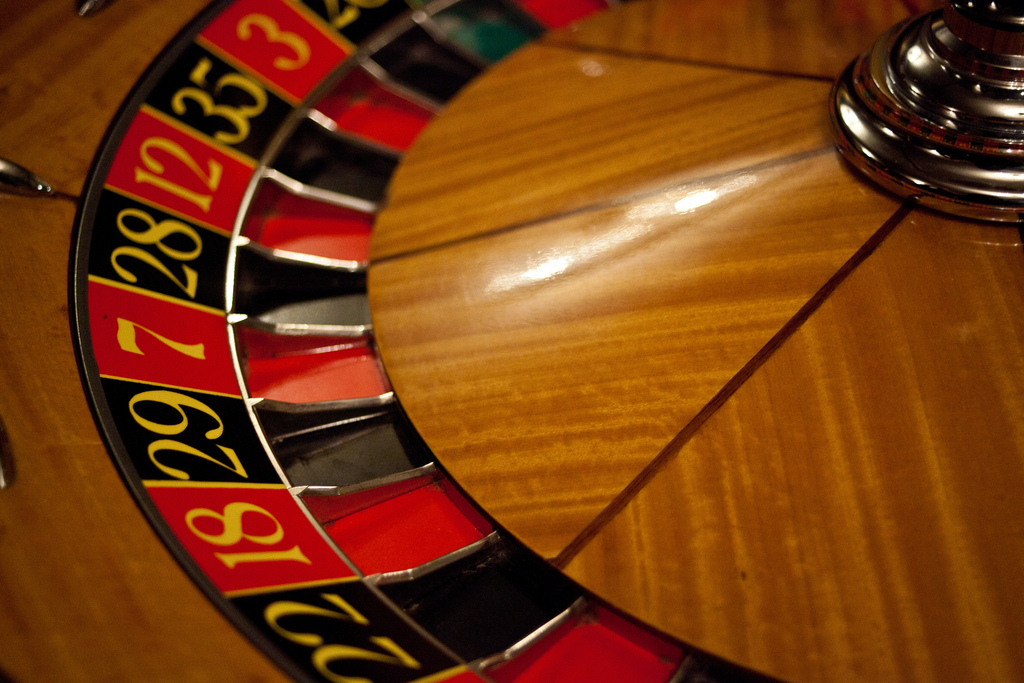In the
email data set in
Chapter 2, the
number variable described whether no number (labeled
none), only one or more small numbers (
small), or whether at least one big number appeared in an email (
big). Of the 3,921 emails, 549 had no numbers, 2,827 had only one or more small numbers, and 545 had at least one big number. (a) Are the outcomes
none,
small, and
big disjoint? (b) Determine the proportion of emails with value
small and
big separately. (c) Use the Addition Rule for disjoint outcomes to compute the probability a randomly selected email from the data set has a number in it, small or big.








